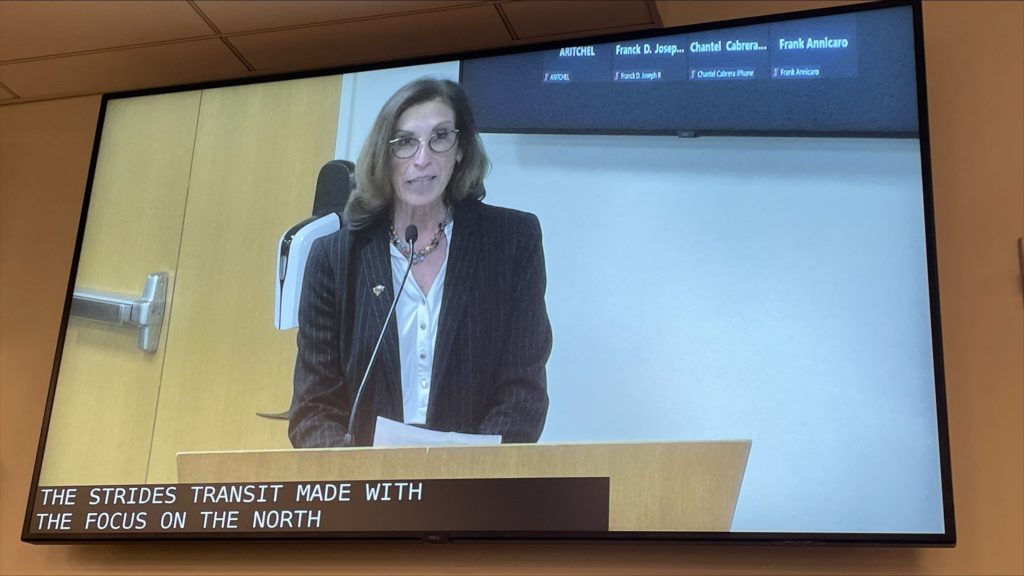Good morning, I’m Lisa Daglian, Executive Director of the Permanent Citizens Advisory Committee to the MTA, PCAC.
Today’s Committee book notes that, “In March, overall subway satisfaction is 62%, down 3 percentage points from February. Service Reliability decreased 4 percentage points, while Waiting Times, Travel Times, and Overall Line all decreased 3 percentage points.” The correlation between reliability, wait and travel times and satisfaction is really telling. A real concern is that without reliable service, riders aren’t going to keep coming back in the post-pandemic historic numbers we saw last week. Getting people where they need to go safely, reliably, efficiently and affordably is key to getting riders back on board, and keeping them coming back for more. We can’t go backwards because platforms and trains are getting crowded again, not when we’ve all gotten used to a new model of on time performance – and waiting 18 minutes for an F train won’t cut it. But you know that.
The strides that Transit has made in the past year, with the focus on the North Star of customer service and riders, have been impressive – but not enough on their own. A concerted effort requires all the resources of the state and city to bear as well. I had hoped that today we would be rehashing what the new state budget would bring – call me optimistic, but I’ll look forward to discussing that on Wednesday. The key to our region’s future is ongoing, dedicated, and recurring operating funding for our transit network. You know it, the Governor knows it and our Senate and Assembly elected leaders know it. Now we need them to bring it home for us in such a way that we never have to have this conversation again. Reliability and frequency take funding – consistent and targeted funding that comes off budget to the MTA and can’t be siphoned off. The city must contribute as well.
Reliability and frequency also require equipment like the additional 640 R211 subway cars – and a system that has state-of-the-art signals and power, accessible and modern stations and reaches everyone who needs it. Those kind of funding needs are why the state passed Congestion Pricing in 2019, and why riders need it more today than ever.
Thank you.
